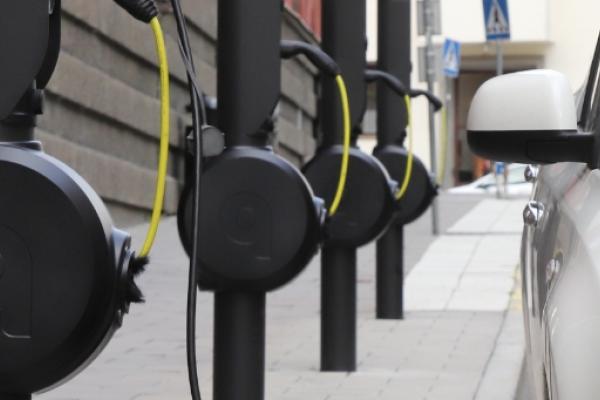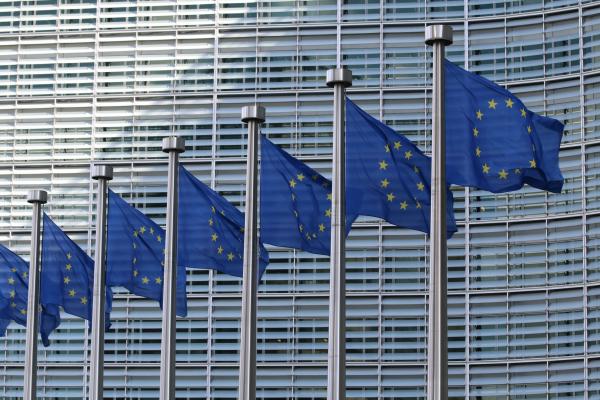
🔔 Subscribe to our newsletter for the latest updates: Subscribe here
📢 Follow us on LinkedIn for more insights: EAFO LinkedIn
Part of EAFO’s Series on EV Market Trends Across Europe
As part of our analysis of the 2024 electric vehicle (EV) market in Europe, we take a close look at France, the Union’s second-largest car market. This year saw contrasting trends, with electrified vehicles maintaining a steady presence, but falling short of the growth observed in previous years.
December 2024: A Strong Finish to a Challenging Year
December 2024 recorded 56,901 registrations of electrified vehicles (BEVs and PHEVs), marking the best monthly performance of the year. Despite this strong finish, it wasn’t enough to match the record numbers achieved in 2023.
- Battery Electric Vehicles (BEVs):
- 31,846 units (-21.15% YoY)
- Despite the decline, December was the third-best month for BEVs in 2024.
- Plug-In Hybrid Electric Vehicles (PHEVs):
- 25,055 units (+46.42% YoY)
- This significant growth reflects efforts by businesses (responsible for 80.9% of PHEV purchases in December) to meet green quotas and avoid penalties in 2025.
Overall market share for electrified vehicles reached 26.2%, the highest of the year, with BEVs holding 16.1% and PHEVs at 10.1%.

2024: A Stable Year for EVs Amid Market Challenges
In 2024, 291,143 BEVs were registered in France, accounting for 16.9% of the market, a slight 0.1 percentage point increase compared to 2023.
- The passenger car market totalled 1,718,416 units, a decline of 3.17% YoY.
- The light commercial vehicle (LCV) market saw modest growth, with 381,851 registrations (+0.7%).
- Diesel vehicles continued to lose ground, representing just 7.3% of new car sales, compared to 9.7% in 2023.
Brand Winners and Losers
- Winners:
- Renault: Despite a slight decline (-2.72% YoY), Renault delivered 425,116 units, maintaining a 24.7% market share. The Renault 5 emerged as a standout performer among BEVs in December.
- Toyota: Sales surged 18.57%, reaching 134,722 units, driven by its strong hybrid portfolio.
- Volkswagen: Recorded a 5.73% increase, with 258,437 units sold.
- Losers:
- Stellantis: The market leader saw a 6.98% decline, with 452,900 units sold, though it retained a 26.4% market share.
- Diesel Models: Continued to lose relevance, falling to a mere 7.3% of the market.
Challenges and Opportunities
- Stability in EV Growth: The EV market share of 16.9% reflects stability but also highlights slower growth compared to past years. The removal of incentives for PHEVs earlier and the reduction in BEV subsidies have affected demand.
- PHEVs Gaining Momentum: Plug-in hybrids showed resilience in 2024, aided by regulatory pressures and fleet updates. However, their market share declined to 8.5% for the year.
- High Stakes for 2025: Stricter emissions regulations in 2025 could drive increased adoption of BEVs and incentivize automakers to push new models.
Expected changes in policies in 2025
France is modifying its BEV policies and incentives in 2025 to address budgetary pressures and adapt to the evolving market. The government is reducing its EV subsidy budget from €1.5 billion to €1 billion. Subsidies for new BEVs will fall to between €2,000 and €4,000, down from the current €4,000 to €7,000. A new progressive scale will determine the subsidy amount based on household income. Households in the first five income groups will receive €4,000, those in groups 6 to 8 will receive €3,000, and those in groups 9 and 10 will receive €2,000. This shift reflects the decreasing cost of BEVs and their increasing market share.
Furthermore, the government aims to promote cleaner EV production through CO2 emission-based eligibility criteria for subsidies. This could potentially impact the competitiveness of European-made EVs compared to those imported from China. The funding basis for light electric commercial vehicles will also change, with support coming from energy-saving certificates rather than the state budget. The social leasing program, offering low-income households EVs for €100 per month, will continue with funding from energy-saving certificates. Finally, the "malus écologique" penalty for high-emission vehicles will likely tighten, with CO2 thresholds lowered and penalties increased.
Looking Ahead
With stricter regulations and the cancellation of eco-bonuses for non-European BEVs, 2025 could accelerate France’s EV transition. The Renault 5, bolstered by local production, appears poised to challenge the Tesla Model Y’s dominance, signaling heightened competition across market segments.
France’s EV market in 2024 showcased a transition year, balancing a solid base of electrified vehicles with lingering challenges. The December push from PHEVs and businesses’ green compliance efforts offered a glimpse of the momentum that may carry into 2025.

Stay tuned for the next article in EAFO’s 2024 market series as we explore other major European markets, leading up to the comprehensive December 2024 and full-year report.
Sources:
Views and opinions expressed are those of the author(s) and do not reflect those of the European Commission.



